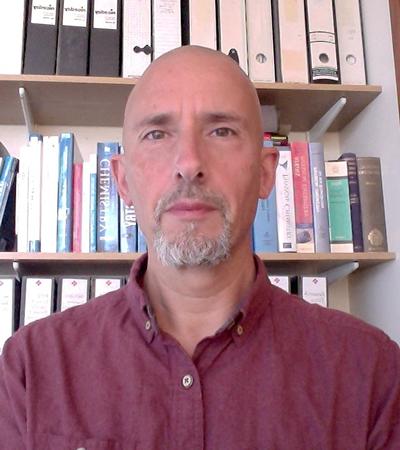Professor George S Attard BSc (Hons), PhD
Emeritus Professor of Chemistry

- Related links
- ResearcherID
- ORCID
Professor George S Attard is Professor of Chemical Sciences in Chemistry at the University of Southampton.
George Attard graduated from the University of Warwick with a B.Sc. (Hons). Moving to the University of Southampton he joined the Chemical Physics group to study for a Ph.D. After a period as a Postdoctoral Research Fellow at the University College of Wales in Aberystwyth he returned to Southampton as a SERC Advanced Fellow. After two years as a Advanced Fellow took up a joint position as a Scientific Associate at Courtaulds Research, Coventry – where he headed up the Materials Physics Group within the corporate Strategic Research unit – and as Courtaulds Research Fellow in Southampton, where he continued with his fundamental research in materials science and in chemical biology. After three years in industry he moved to a full time Lectureship at the University, and was promoted to a Personal Chair. George set up and led the University’s strategic drive to develop distinctive research programmes at the interfaces between the physical sciences, the life sciences, engineering and medicine. He concurrently served as Associate Dean with responsibility for Research, Enterprise and Graduate Schools for the then Faculty of Engineering, Science and Mathematics. More recently he has played a leading role in developing the University’s Strategy for Interdisciplinary Research and served as the first Director of University Interdisciplinary Research. George is Programme Director of the innovative interdisciplinary Natural Sciences degree programme at Southampton.